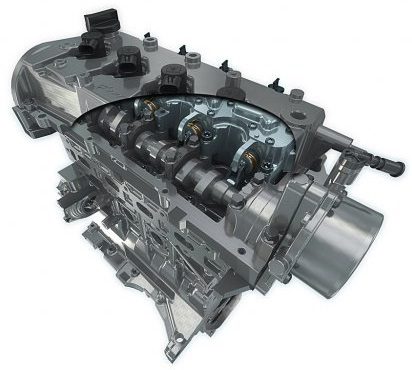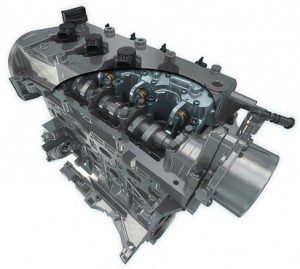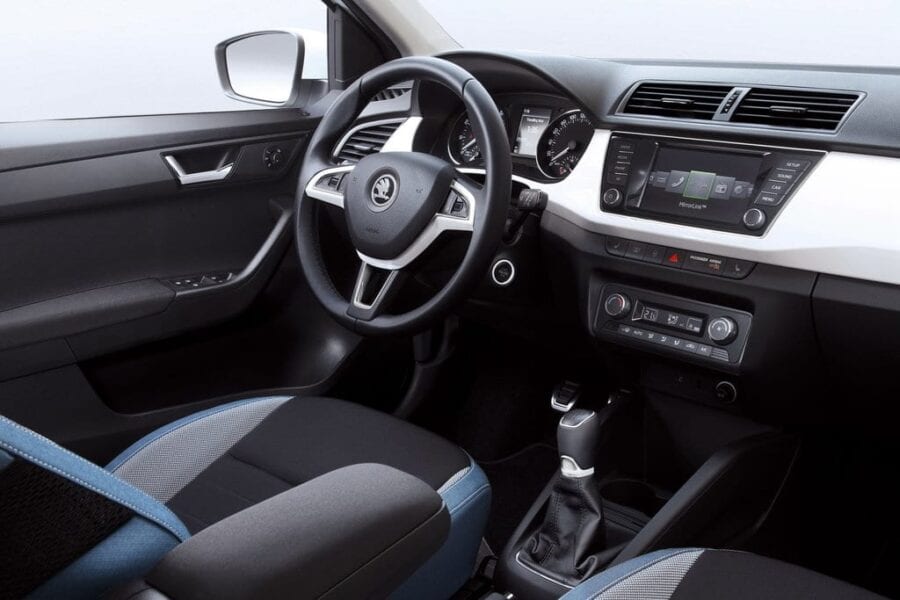
MultiAir
 MultiAir engines use an electro-hydraulic system that independently controls the intake valves of each cylinder. Depending on the immediate dynamic situation of the vehicle, the system automatically adjusts to one of five main modes of variable valve timing and variable valve lift. However, the principle in MultiAir motors allows a theoretically infinite number of variable combinations of suction valve control in terms of stroke and time.
MultiAir engines use an electro-hydraulic system that independently controls the intake valves of each cylinder. Depending on the immediate dynamic situation of the vehicle, the system automatically adjusts to one of five main modes of variable valve timing and variable valve lift. However, the principle in MultiAir motors allows a theoretically infinite number of variable combinations of suction valve control in terms of stroke and time.
The system is all the more interesting, even revolutionary, because with the simultaneous increase in engine power and torque, it also reduces fuel consumption and therefore emissions. The concept of this solution seems ideal for the current increasingly stringent trend towards cleaner and smaller power units. Fiat Powertrain Technologies, the department that developed and patented the system, claims that compared to a conventional combustion engine of the same size, the MultiAir can deliver 10% more power, 15% more torque and reduce consumption by up to 10%. Thus, the production of CO emissions will correspondingly decrease.2 by 10%, particulate matter up to 40% and NOx by an incredible 60%.
Multiair reduces the dependence of valve travel on precise cam position, so it offers several advantages over conventional direct coupled adjustable valves. The heart of the system is a hydraulic chamber which is located between the control cam and the corresponding suction valve. By controlling the pressure in this chamber, it is possible to achieve a later opening or, conversely, an earlier closing of the intake valve, as well as opening the intake valves during the exhaust stroke, which ensures internal exhaust gas recirculation. . Another advantage of the Multiair system is that, like BMW Valvetronic engines, it does not require a throttle body. This significantly reduces pumping losses, which is reflected in lower flow rates, especially when the engine is under less load.
